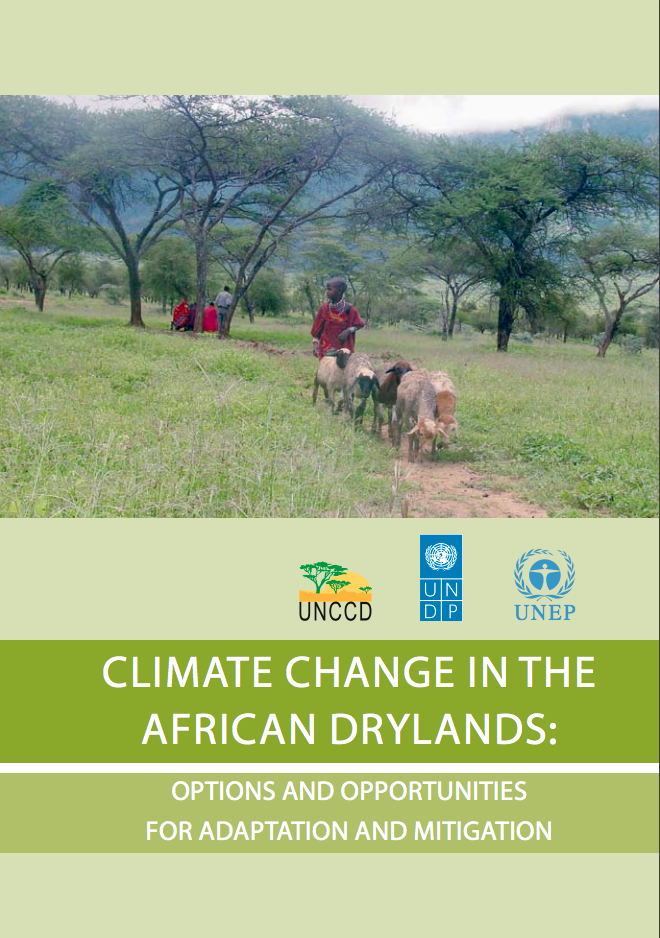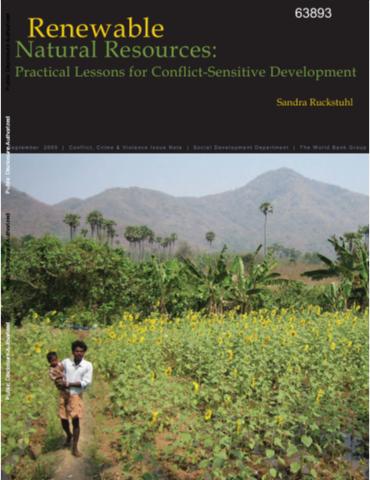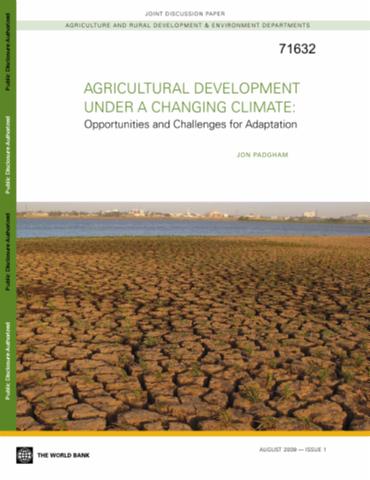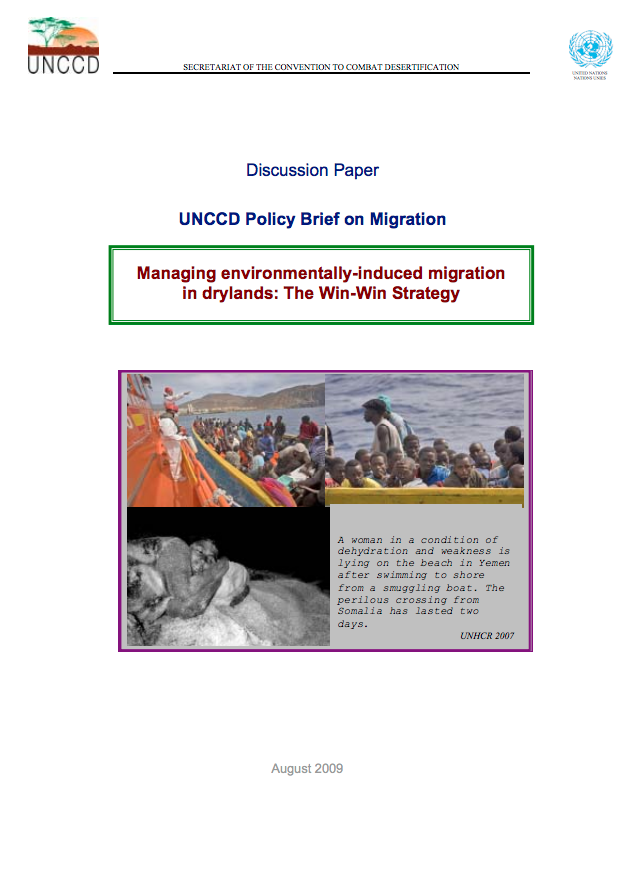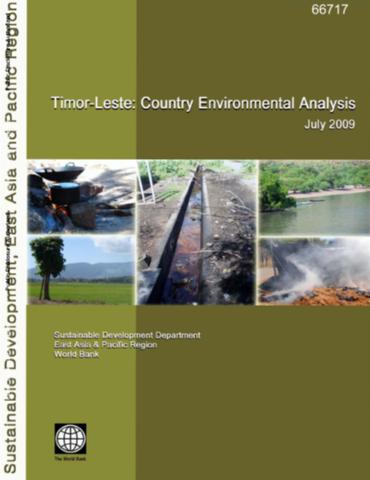Cambio climático, acuerdos justos y vinculantes
Cambio climático, acuerdos justos y vinculantes
*Rodrigo López Sánchez
La trayectoria de los desastres naturales en Sudamérica, cuyas incidencias fueron cada vez mayores en las últimas décadas, resume un conjunto de fenómenos irreversibles, como la desaparición de las cumbres nevadas en los Andes, y caracterizados por una creciente intensidad, como frecuentes lluvias torrenciales. Sus efectos continúan siendo muy sentidos por la población y por las economías de los países.




